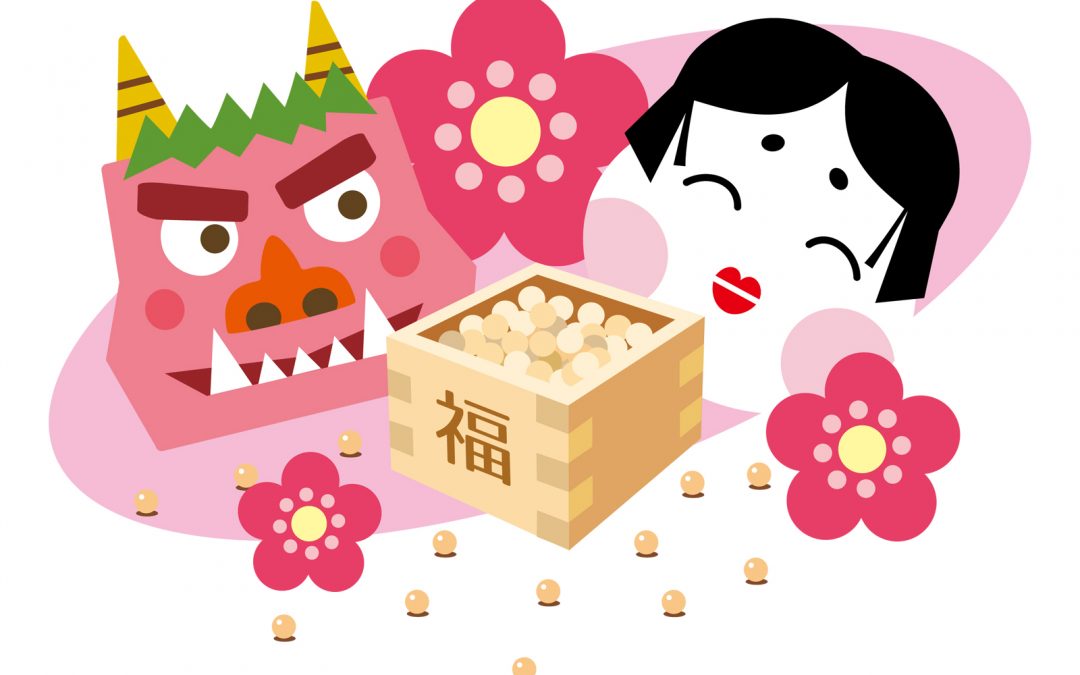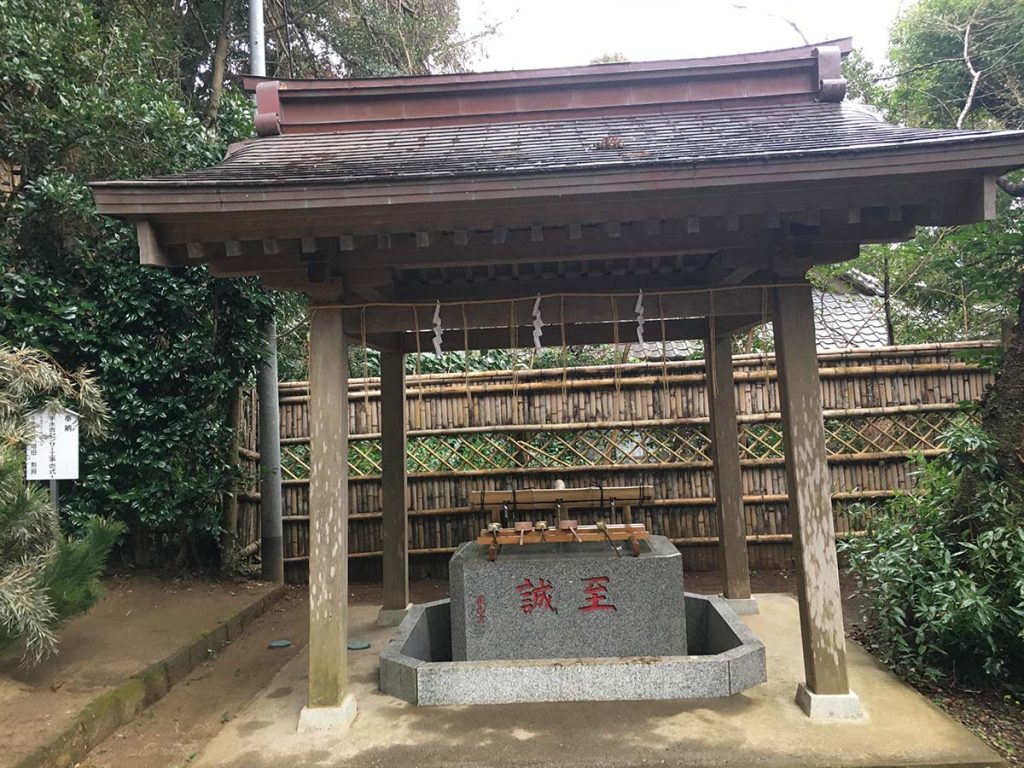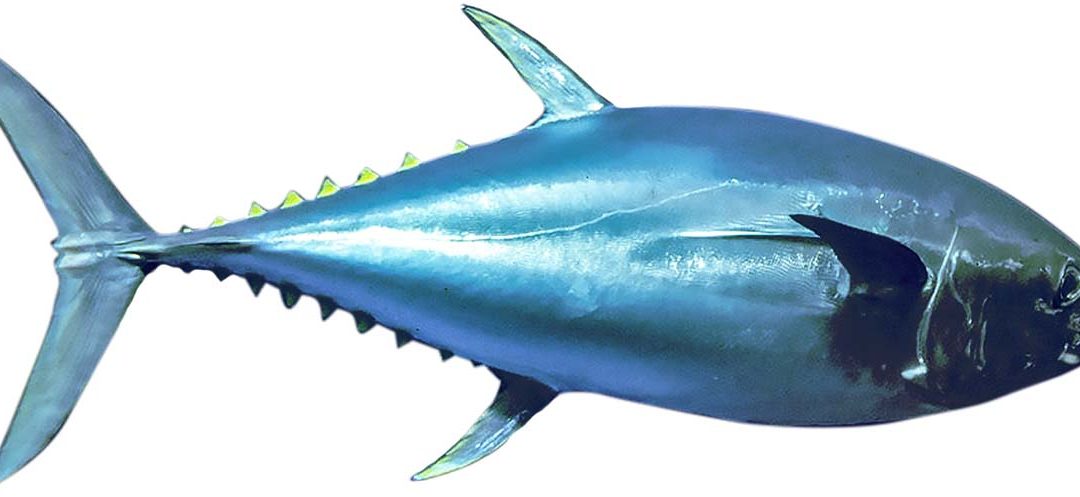
Incredible Paper Octopus
Incredible Paper Octopus
Incredible Paper Octopus
What can you do with a single sheet of paper?
Plenty when your name is Masayo Fukuda, who, after seeing her art I now refer to her as Sensai Tensai or “delicacy genius”.

The Japanese are know to be extremely diligent and exceptionally dexterous.
Looking at Masayo Fukuda incredible art work, I would have to say the above statement to be so very true.

The art of paper cutting requires a high degree of patience and a steady hand, and the Japanese artist Masayo Fukuda has undoubtedly mastered this extraordinary skill.

In Japan it is called “kirie” or simply “cut picture” and this traditional practice involves cutting out intricate shapes from a single sheet of paper, placing it in front of a black background to highlight the drawing by contrast.
Ms. Fukuda has been practicing kirie for 25 years and recently showed what she believes to be some of her best work.

This octopus kirie is a most impressive piece of artwork.
Made from a single large sheet of paper, its details reveal the true skill of the artist, which is both astounding and breathtaking, if you even could describe this masterpiece into words.

This incredible artist has the following to say “For me, cutting pictures has become a way of dissipating all the stress of my daily life, and if you want to get started, all the basics you need are tant paper, a cutter, matte, and a good light source.

Fortunately for me, I happen to live just an hour just outside of Tokyo and was able to see the prodigious artwork of Masayo Fukuda at Mason de NEKO on February 21.

Sensai Tensai Masayo Fukuda’s art was everything and more when seen with ones own eyes. The extreme attention to detail of each piece was simply sublime!
Sensai Tensai Masayo Fukuda, was very down-to-earth and truly happy to see us at her exhibition.
Also, thank to Mr. Kentaro Kashimura who is the President of Kabushikigaisha Kazaana, for holding this event and giving Sensai Tensai Masayo Fukuda inspirational art the exposure she deserves for creating such incredible art.
I hope to have featuring Sensai Tensai Masayo Fukuda on a Hidden Gems segment as she talks about her amazing journey and her inspiration to become a master of kirie.

Heartfelt thanks to Land Of The Rising Son web developer Victoria Gazeley of Cabin Design Studio for suggesting Masayo Fukuda and this extraordinary art.








































Recent Comments